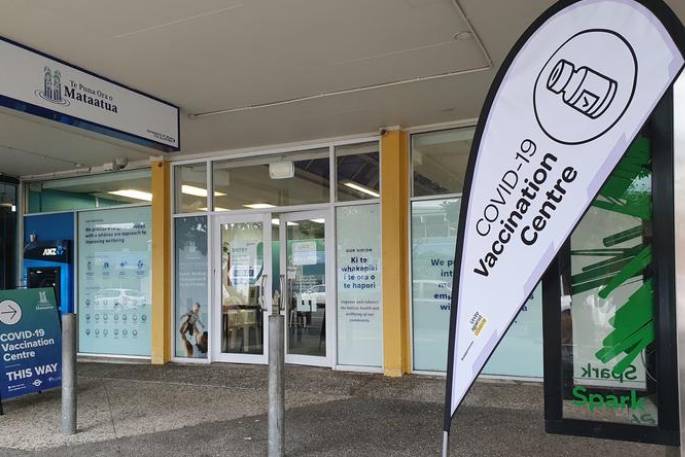Auckland and Capital & Coast DHBs are leading the charge in the race to get to 90 per cent vaccinated.
Auckland DHB has reached 80 per cent fully vaccinated and 93 per cent first doses, so will exceed the 90 per cent target if those people get their second dose.
Capital and Coast and Waitematā are close behind at 75 per cent vaccinated, and 91 per cent and 90 per cent first doses administered respectively.
Northland and Tairāwhiti sit at the bottom of the table with 61 per cent and 60 per cent fully vaccinated. Northland has 77 per cent first doses administered and Tairawhiti 76 per cent.
See how the DHBs stack up:
Percentage of DHB eligible population fully vaccinated
.jpg)
Source: Ministry of Health
Second vaccine doses needed to reach 90% of the DHB eligible population fully vaccinated
.jpg)
Source: Ministry of Health • First/second doses percentage are the number of first/second doses administered divided by the eligible population. First/second doses to 90 per cent are the number of doses required to reach 90 per cent of the eligible population. For these two measures, the national total may not be the sum of DHB measures.
Auckland and Capital and Coast DHBs also lead in Māori vaccination rates with 60 per cent fully vaccinated in Auckland and 58 per cent in Capital and Coast.
Vaccination rates for Māori by DHB:
Percentage of DHB eligible Māori population fully vaccinated
.jpg)
Source: Ministry of Health
Second vaccine doses needed to reach 90 per cent of the DHB eligible Māori population fully vaccinated.
.jpg)
Source: Ministry of Health • First/second doses percentage are the number of first/second doses administered divided by the eligible population. First/second doses to 90 per cent are the number of doses required to reach 90 per cent of the eligible population. For these two measures, the national total may not be the sum of DHB measures.
The government announced on Friday it will move the country to a traffic light system once each DHB hits the target of 90 per cent vaccination.
A vaccine certificate will be central to the new framework.
The system will involve three settings - green, orange and red.
If cases start to climb in areas with lower vaccination rates in lower-income communities, much more highly targeted and localised lockdowns can be used if needed, Prime Minister Jacinda Ardern said on Friday.
The red setting will allow hospitality to open with vaccine certificates, but gathering limits and physical distancing, masks and other public health measures will be used.
Auckland will move into red as soon as the Auckland DHBs hit the 90 per cent vaccination target, rather than wait for the rest of the country.
The rest of the country will move all at the same time to "orange" when all DHBs around the country reach the 90 per cent target.
At orange, gathering limits can lift. Places that choose not to use vaccination certificates will either be closed or have public health measures in place.
Green is when there are some Covid-19 cases in the community but at low levels. Fully vaccinated people can enjoy all events and hospitality and gatherings by showing a vaccine certificate.
Premises choosing not to use certificates will face restrictions similar to the current alert level framework.
Associate Health Minister Peeni Henare also announced a further $120 million fund would support Māori communities to fast-track vaccination efforts and prepare for the new framework. A total of $60m would be spent on boosting Māori vaccination rates, and $60m would support Māori and iwi-led initiatives to protect communities against the virus.
Henare says the ongoing support was what was required to boost Māori vaccination rates.
"While we say 90 per cent for Māori and indeed the rest of the population, we will continue to make the vaccine available to continue to lift those numbers," says Henare.



0 comments
Leave a Comment
You must be logged in to make a comment.